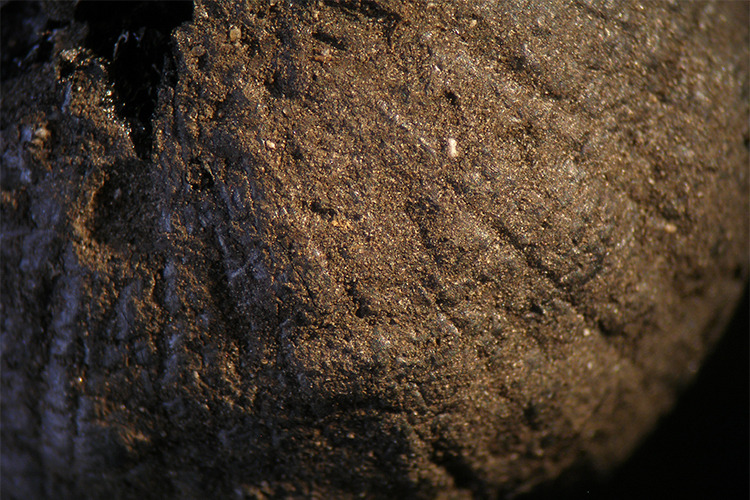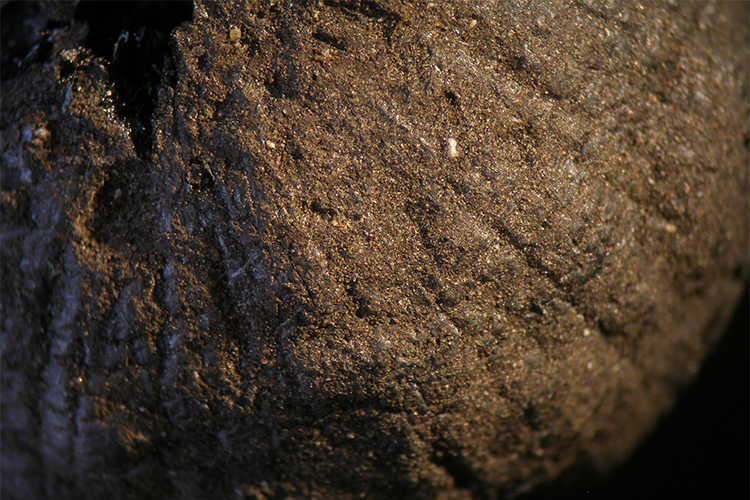1,500-Year-Old Onion Reveals Link Between Ancient Rome And Sweden's Pompeii
Archaeologists in Sweden have uncovered gold and jewelry at the site of a fort called Sandby Borg, but one of their most exciting recent discoveries has been a very old onion.
According to The Local, a 1,500-year-old onion that had been burnt practically beyond recognition was discovered at Sandby Borg, on the Swedish island of Öland. The onion was found near a fireplace during the excavation of a home, and archaeologists originally thought it must be some kind of large nut. When they sent it for testing, however, the lab confirmed that it was actually a burnt onion. That makes it the oldest onion ever found in Scandinavia by around 300 years. The oldest onion discovered previous to this was dated to around 650 c.e.
Researchers are not sure how the onion came to be so badly burned. It could have been burnt during cooking, or it may have been burned with the house
The onion is an exciting find, because it means that the area's trade with ancient Rome must have included foodstuffs, in addition to things like gold and jewelry.
"What it means is that people on Öland imported food as well," Helena Victor, project leader for the excavation, told The Local. "They didn't use onions in Scandinavia in cooking, but they did use them in the Roman Empire. I think it must have been imported. They probably saw it as some unique extra spice."
According to Atlas Obscura, researchers have nicknamed Sandby Borg "Sweden's Pompeii," because it was the site of a brutal and mysterious massacre in the fifth century. The victims appeared to have been caught completely by surprise, and the bodies were left scattered in homes and around the streets in the positions they died in, and the site was left undisturbed for the next 1,500 years. What happened that night remains an ongoing mystery, but perhaps the onion will help shed some light on the situation. For some much newer foods, check out the oldest restaurants in every U.S. state.


